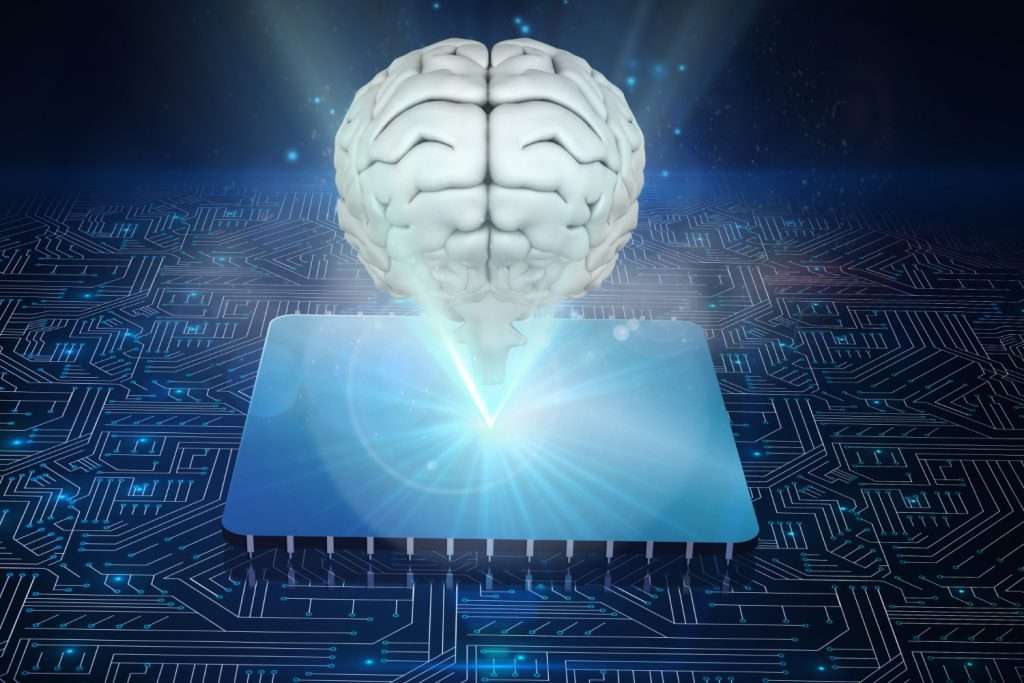Google’s AI experts focus on overcoming challenges to make deep learning more practical. Here are some key areas they address:
- Efficiency: Large deep learning models are powerful but can be computationally expensive to train and run. Google researchers aim to develop more efficient model architectures that require less data and computing power to achieve similar or better results.
- Real-world Constraints: Deep learning models often require vast amounts of data for training. Google researchers explore techniques to make models learn effectively even with limited data. This is crucial for real-world applications where acquiring massive datasets might be impractical.
- Beyond Accuracy: While accuracy is important, Google researchers delve into areas like interpretability, security, privacy, and how models handle outdated information. This ensures models are trustworthy and reliable for real-world use.
In essence, Google’s AI experts are taking deep learning from the realm of theoretical possibility to practical applications by making them faster, more adaptable, and trustworthy for real-world scenarios.
For official sources, you can refer to the Google Research Blog on “Algorithms for Efficient Deep Learning“
What techniques do Google’s AI experts use to handle large-scale data?
Google’s AI experts employ a combination of techniques to tackle large-scale data for deep learning applications.
- Distributed Processing: Splitting datasets across machines speeds up training and tackles sizes that would choke a single machine. TensorFlow even has built-in tools for this.
- Model Efficiency: Techniques like compression and quantization shrink models, allowing for faster training and deployment on resource-constrained devices, all without sacrificing accuracy.
- Data Optimization: Google AI uses data sampling (training on representative subsets) and augmentation (artificially creating more data) to ensure models learn from diverse examples and generalize well.
- Transfer Learning: Pre-training models on massive datasets for general tasks lets them learn fundamental features that can be applied to specific tasks, reducing the data needed for fine-tuning later. Google offers pre-trained models like BERT and access to various models through TensorFlow Hub.
By combining these techniques, Google’s AI experts can effectively train deep learning models on massive datasets, enabling them to handle complex real-world problems.
How do Google’s AI experts integrate real-world data into their models?
Integrating real-world data into AI models requires careful handling. Google’s AI experts address this challenge in two key ways. First, they focus on data preprocessing and cleaning. Real-world data is often messy and inconsistent, so techniques like removing irrelevant information, handling missing values, and correcting errors become crucial. They also ensure data compatibility within the model through methods like normalization.
Secondly, Google prioritizes data validation and bias detection. Since real-world data can reflect societal biases, Google’s AI experts meticulously analyze the data to identify potential biases that could skew the model’s output. Techniques like fairness metrics and human review help mitigate these biases.
Additionally, Google might choose to augment the data to ensure a more balanced representation. This two-pronged approach ensures that real-world data is effectively integrated into models, leading to more accurate and reliable AI solutions.
How are AI experts improving deep learning model interpretability for real-world applications in the era of explainable AI (XAI)?

While deep learning models can achieve impressive results, understanding how they arrive at those results is crucial for trust and responsible deployment. AI experts are actively researching techniques to make deep learning models more interpretable. Here are some approaches they’re exploring:
- Attention Mechanisms: These techniques highlight the parts of the input data that the model focuses on when making a decision. This can provide insights into the model’s reasoning process.
- Saliency Maps: These visualizations show which regions of the input data have the most significant impact on the model’s output. This can help explain why the model makes specific predictions.
- Feature Importance Scores: These scores quantify the contribution of different features in the input data to the model’s output. This allows users to understand which features are most influential in the model’s decision-making.
By incorporating these interpretability techniques, AI experts are making deep learning models more transparent and trustworthy for real-world applications. This allows users to understand how the model works and make informed decisions about its outputs.
For more insights on how deep learning works, check out our pillar article: How Does Deep Learning Work? Insights from Google’s AI Experts.
- Remote Hiring in 2025 - April 5, 2025
- Burnout in Remote Teams: How It’s Draining Your Profits - January 27, 2025
- Signs You’re Understaffed - January 20, 2025
